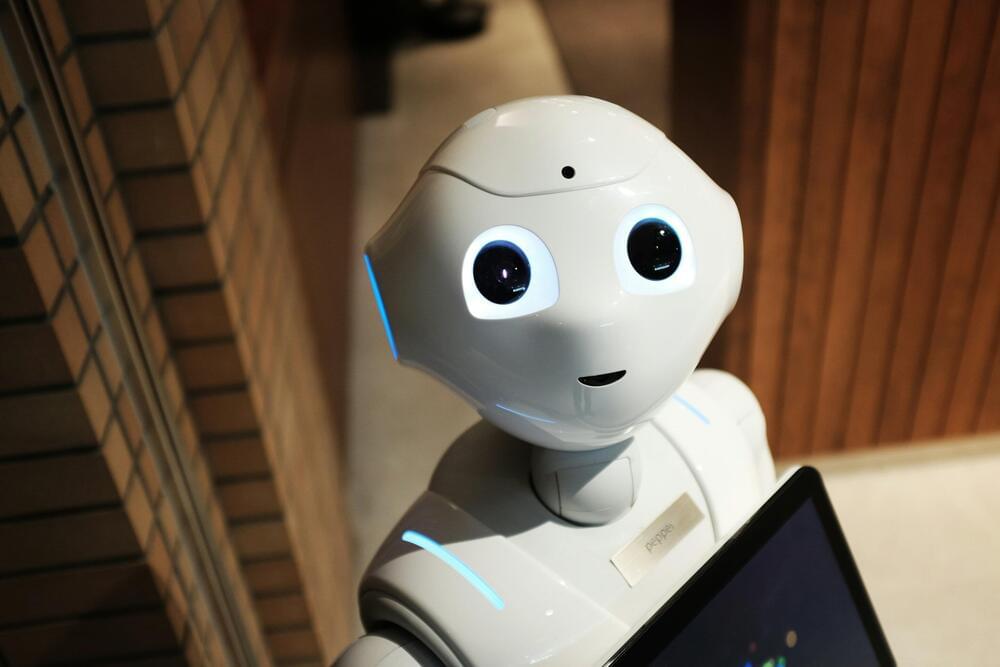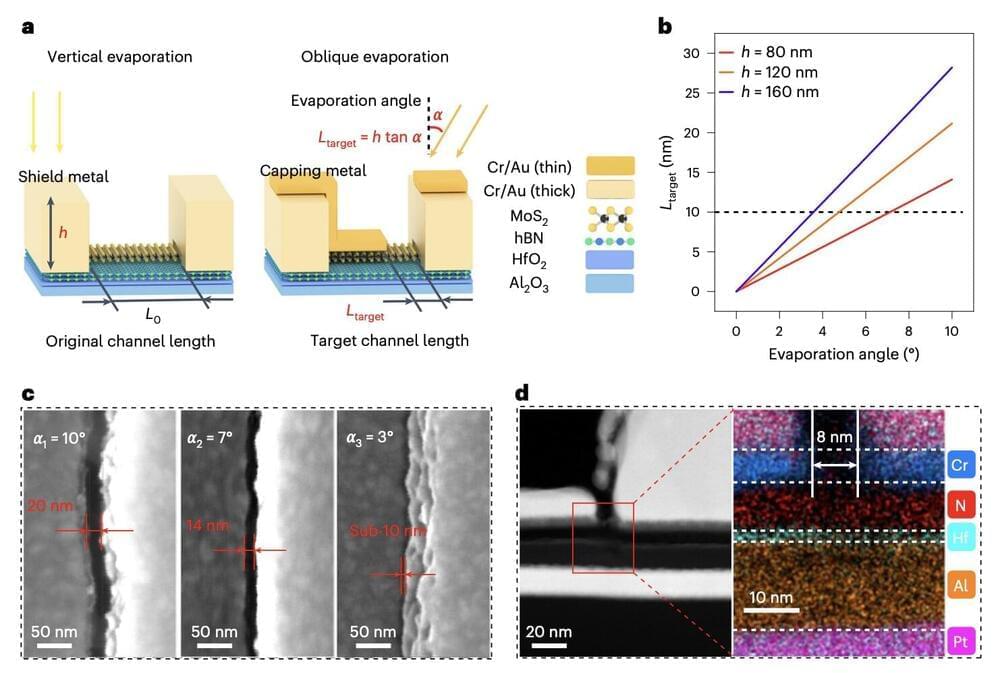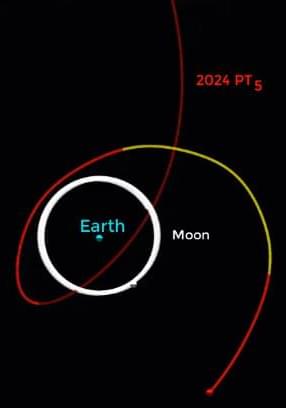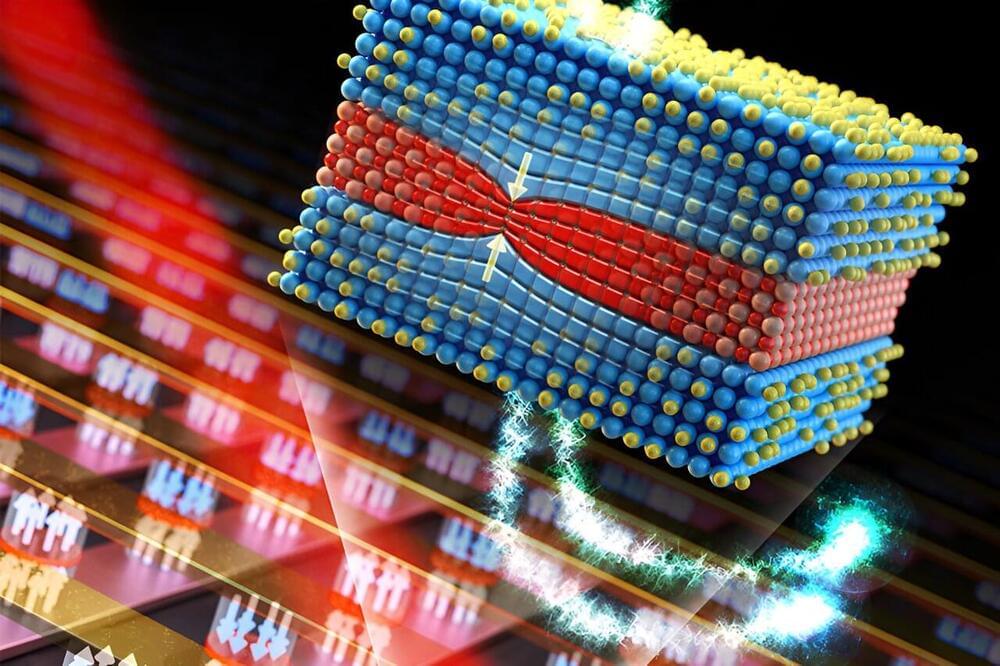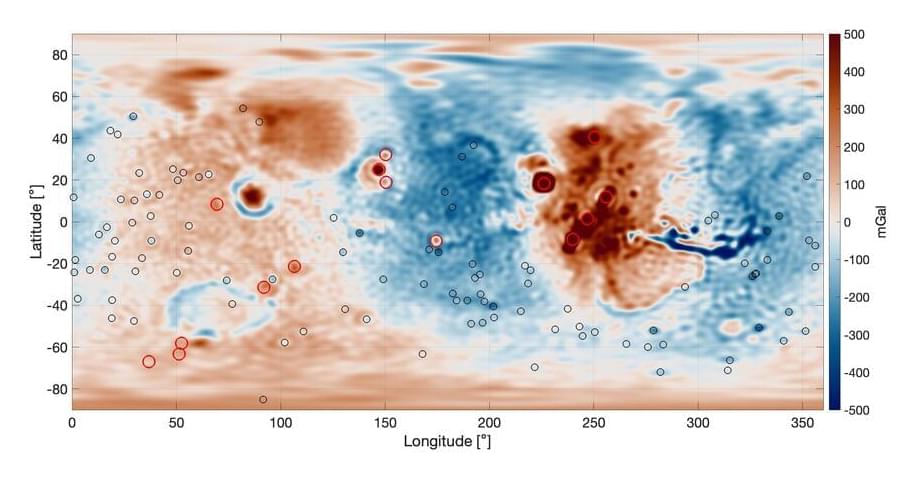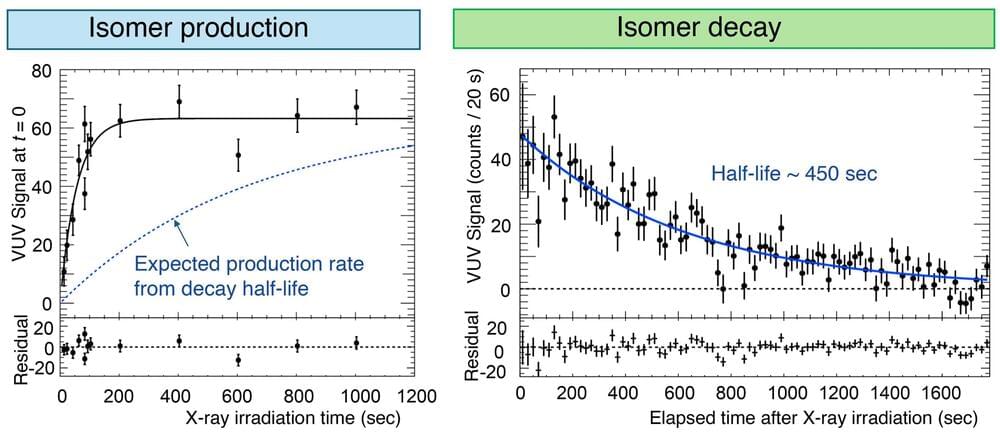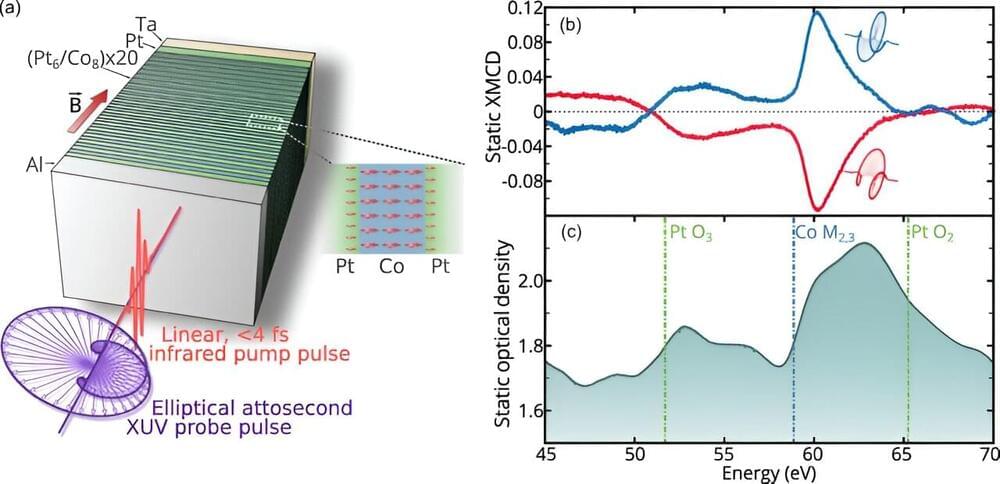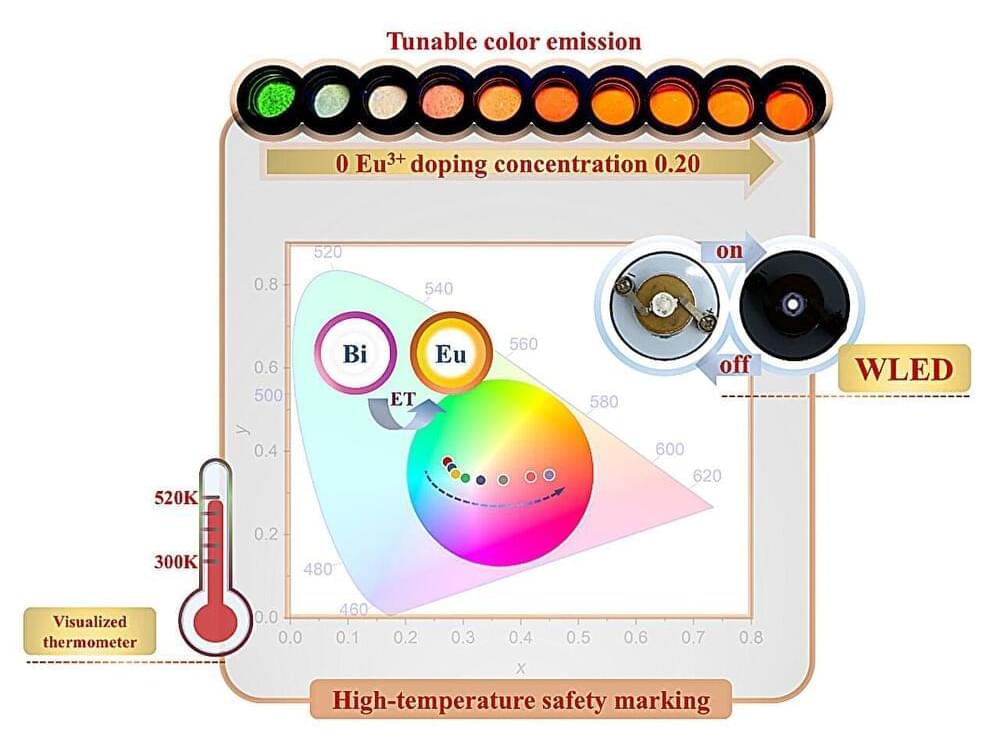Honesty is the best policy… most of the time. Social norms help humans understand when we need to tell the truth and when we shouldn’t, to spare someone’s feelings or avoid harm. But how do these norms apply to robots, which are increasingly working with humans? To understand whether humans can accept robots telling lies, scientists asked almost 500 participants to rate and justify different types of robot deception.
“I wanted to explore an understudied facet of robot ethics, to contribute to our understanding of mistrust towards emerging technologies and their developers,” said Andres Rosero, Ph.D. candidate at George Mason University and lead author of the study in Frontiers in Robotics and AI. “With the advent of generative AI, I felt it was important to begin examining possible cases in which anthropomorphic design and behavior sets could be utilized to manipulate users.”
